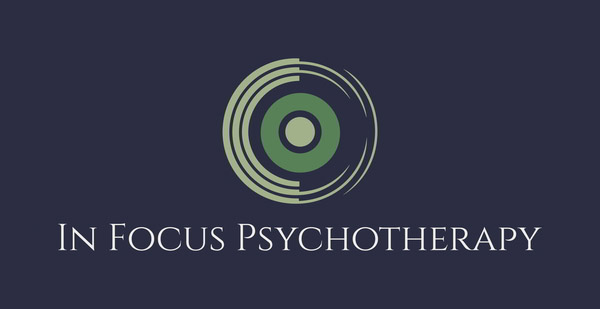Two of the most well-known therapies for trauma are EMDR and CBT. They share common features but have slightly different emphases. Both are empirically validated for single trauma PTSD and show efficacy in clinical settings for complex PTSD.
Single Trauma PTSD is a condition where we struggle with the aftereffects of a single trauma. Symptoms of PTSD involve difficulty coping with reminders of the trauma, excessive thoughts about the traumatic event, difficulty fully remembering the trauma, and intense negative thoughts about the event. In addition, individuals often experience feelings of dissociating or (numbing out) when they are reminded of the trauma. Individuals might also have symptoms of “fight or flight” where they have a strong physiological response to trauma.
Complex PTSD is a condition like Single Trauma PTSD where a person feels the above symptom profile about a trauma history or “network” of traumas. Complex PTSD can be more challenging to treat because it simply takes longer to work through a network of traumas versus a single trauma.
In trauma treatment, it is important to distinguish between these types of traumata and set expectations for clients. It is also important to discuss EMDR and CBT as potential treatment options.

EMDR (Eye-Movement Desensitization and Reprocessing) is an organized therapy that is focused on both cognitions and bodily sensations involved in the trauma. In EMDR, clients discuss traumatic memories in session, while simultaneously connecting to the present moment. Clients and psychotherapists focus on traumatic memories that are tolerable to the client, and gradually move toward more difficult memories. In addition, EMDR adds a bi-lateral stimulation component that is aimed at helping the brain process the trauma at a neurological level.
EMDR is a comprehensive therapy style that focuses on cognitions, emotions, and bodily sensations. One thing that is unique about EMDR is the focus on bi-lateral stimulation and somatic work (understanding what we feel in our body discussing the trauma) during session.
Trauma-Focused CBT (Cognitive Behavioral Therapy) is another organized therapy that focuses on several symptoms of trauma. One key focus is helping clients understand automatic thoughts that accompany traumatic memory. Once we understand those thoughts, we can begin to evaluate how accurate they are. Since many PTSD sufferers experience intense negative cognitions about past traumas, they find that evaluating their thinking helps them develop more balanced thinking about the trauma.
Like EMDR, CBT involves some exposure work as individuals discuss traumatic memories, and emotions are also a focus of CBT. By connecting negative emotions to overly negative thoughts, we gain insight into which emotions seem to be helping us or impeding progress – as well as which ones feel “stuck” and resistant to alternatives.
CBT Also has a strong behavioral component (The ‘B’ in CBT). CBT treatment incorporates real life exposure to traumatic stimuli. Real life (or in vivo) exposure focuses on increasing the activities and places we feel comfortable in despite trauma symptoms.
Components of both types of treatment can be integrated together to fit the needs of the client. A client with lots of somatic symptoms of trauma might be a better fit for EMDR with some CBT ideas mixed in. On the other hand, a client with lots of cognitive symptoms of trauma might align more with the CBT approach.
Ultimately, whether you regard your trauma as simple or complex, approaching trauma treatment in an organized manner leads to effective results.





